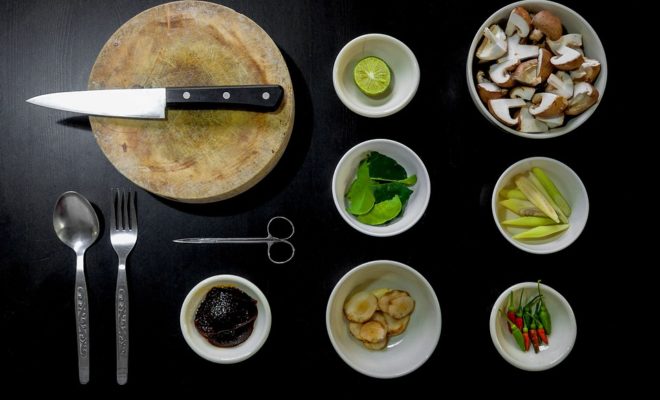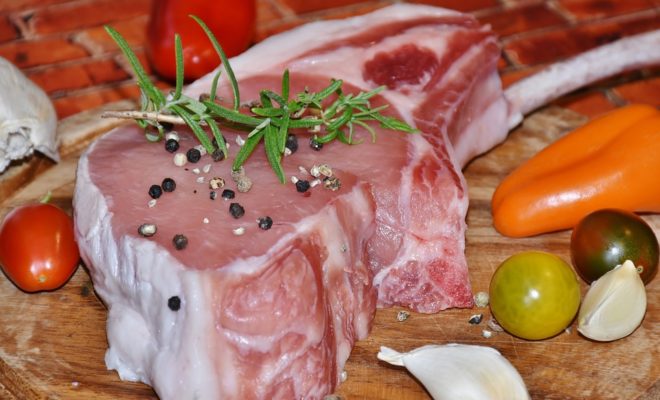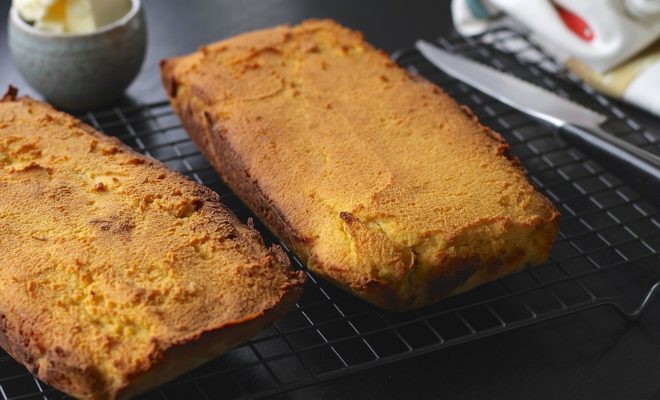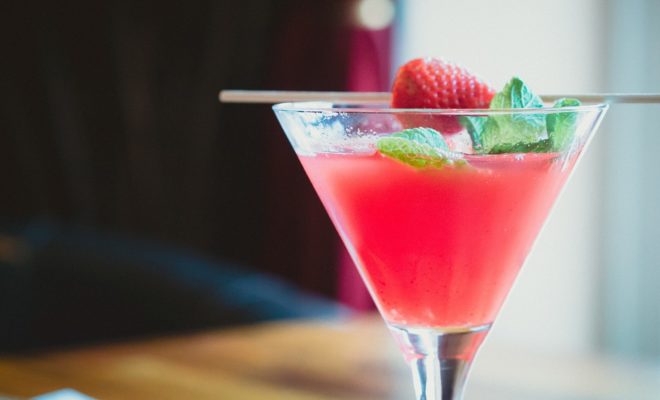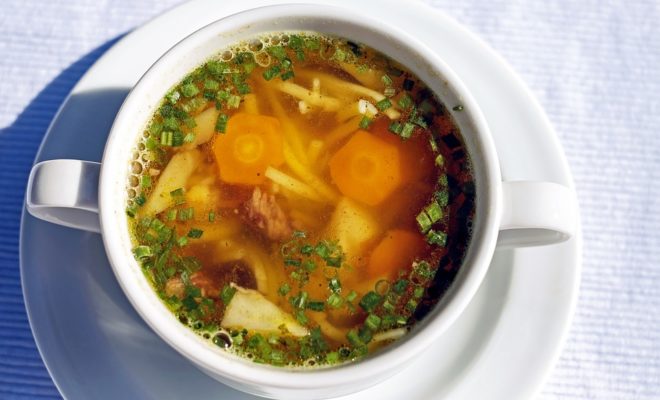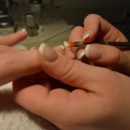THE PRINCIPLES OF SCIENTIFIC COOKERY
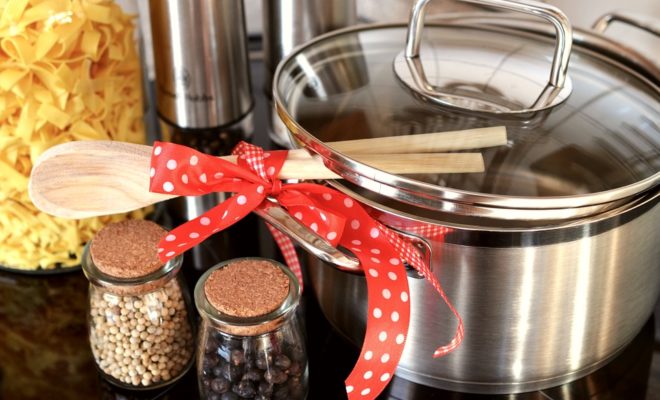
It is insufficient that great and legitimate nourishment material be given; it must have such readiness as will increment and not decrease its nutritious esteem. The unwholesomeness of nourishment is very as regularly because of terrible cookery as to inappropriate determination of material. Legitimate cookery renders great sustenance material more edible. At the point when experimentally done, cooking changes each of the nourishment components, except for fats, in much an indistinguishable way from do the stomach related juices, and in the meantime it separates the sustenance by dissolving the solvent bits, so that its components are all the more promptly followed up on by the stomach related liquids. Cookery, be that as it may, frequently neglects to accomplish the fancied end; and the best material is rendered futile and unwholesome by an uncalled for planning.
It is uncommon to locate a table, some segment of the sustenance whereupon is not rendered unwholesome either by uncalled for preliminary treatment, or by the expansion of some injurious substance. This is certainly because of the way that the planning of nourishment being such an ordinary matter, its imperative relations to wellbeing, psyche, and body have been ignored, and it has been viewed as a humble administration which may be embraced with practically no readiness, and without regard for matters other than those which identify with the joy of the eye and the sense of taste. With taste just as a paradigm, it is so natural to mask the aftereffects of thoughtless and inappropriate cookery of sustenance by the utilization of flavors and sauces, and in addition to palm off upon the stomach related organs a wide range of second rate material, that poor cookery has come to be the govern instead of the exemption.
Strategies for cooking.
Cookery is the specialty of planning nourishment for the table by dressing, or by the use of warmth in some way. An appropriate wellspring of warmth having been secured, the following stride is to apply it to the sustenance in some way. The important techniques usually utilized are cooking, searing, heating, bubbling, stewing, stewing, steaming, and broiling.
Broiling is cooking nourishment in its own particular squeezes before a start shooting. Searing, or barbecuing, is cooking by brilliant warmth. This technique is just adjusted to thin bits of nourishment with a lot of surface. Bigger and more reduced sustenances ought to be cooked or heated. Cooking and searing are unified on a basic level. In both, the work is mainly done by the radiation of warmth straightforwardly upon the surface of the sustenance, albeit some warmth is conveyed by the hot air encompassing the nourishment. The exceptional warmth connected to the sustenance soon singes its external surfaces, and consequently keeps the escape of its juices. On the off chance that care be taken as often as possible to turn the sustenance so that its whole surface will be subsequently followed up on, the inside of the mass is cooked by its own particular juices.
Preparing is the cooking of sustenance by dry warmth in a shut stove. Just nourishments containing an impressive level of dampness are adjusted for cooking by this strategy. The hot, dry air which fills the stove is continually yearning for dampness, and will take from each wet substance to which it has entry an amount of water proportionate to its level of warmth. Nourishments containing yet a little measure of dampness, unless shielded in some way from the activity of the warmed air, or somehow provided with dampness amid the cooking procedure, originate from the broiler dry, hard, and unpalatable.
Bubbling is the cooking of nourishment in a bubbling fluid. Water is the typical medium utilized for this reason. At the point when water is warmed, as its temperature is expanded, minute rises of air which have been broken down by it are emitted. As the temperature rises, rises of steam will start to frame at the base of the vessel. At first these will be consolidated as they ascend into the cooler water above, creating a stewing sound; however as the warmth builds, the air pockets will ascend ever more elevated before breaking down, and in a brief timeframe will go altogether through the water, getting away from its surface, bringing about pretty much unsettling, as indicated by the rate with which they are shaped. Water bubbles when the air pockets in this way ascend to the surface, and steam is perplexed. The mechanical activity of the water is expanded by quick percolating, however not the warmth; and to bubble anything savagely does not speed up the cooking procedure, spare that by the mechanical activity of the water the sustenance is broken into littler pieces, which are therefore more promptly relaxed. However, savage bubbling events a tremendous misuse of fuel, and by heading out in the steam the unstable and appetizing components of the nourishment, renders it considerably less agreeable, if not by and large boring. The dissolvable properties of water are so expanded by warmth that it pervades the sustenance, rendering its hard and intense constituents delicate and simple of processing.
The fluids for the most part utilized in the cooking of nourishments are water and drain. Water is most appropriate for the cooking of most nourishments, yet for such farinaceous sustenances as rice, macaroni, and farina, drain, or if nothing else part drain, is best, as it adds to their nutritive esteem. In utilizing milk for cooking purposes, it ought to be recalled that being more thick than water, when warmed, less steam get away, and thusly it bubbles sooner than waters. At that point, as well, drain being more thick, when it is utilized alone to cook, somewhat bigger amount of liquid will be required than when water is utilized.
Steaming, as its name suggests, is the cooking of nourishment by the utilization of steam. There are a few methods for steaming, the most widely recognized of which is by setting the sustenance in a punctured dish over a vessel of bubbling water. For nourishments not requiring the dissolvable forces of water, or which as of now contain a lot of dampness, this strategy is desirable over bubbling. Another type of cooking, which is normally named steaming, is that of setting the nourishment, with or without water, as required, in a shut vessel which is put inside another vessel containing bubbling water. Such a device is named a twofold heater. Sustenance cooked in its own juices in a shrouded dish in a hot broiler, is here and there discussed as being steamed or covered.
Stewing is the delayed cooking of sustenance in a little amount of fluid, the temperature of which is recently beneath the breaking point. Stewing ought not be puzzled with stewing, which is moderate, unfaltering bubbling. The best possible temperature for stewing is most effectively secured by the utilization of the twofold heater. The water in the external vessel bubbles, while that in the inward vessel does not, being kept a little beneath the temperature of the water from which its warmth is acquired, by the steady vanishing at a temperature a little underneath the breaking point.
Browning, which is the cooking of nourishment in hot fat, is a technique not to be suggested Unlike the various sustenance components, fat is rendered less absorbable by cooking. Without a doubt it is consequently that nature has given those sustenances which require the most drawn out cooking to fit them for use with just a little extent of fat, and it would appear to demonstrate that any nourishment to be subjected to a high level of warmth ought not be blended and exacerbated to a great extent of fats.

